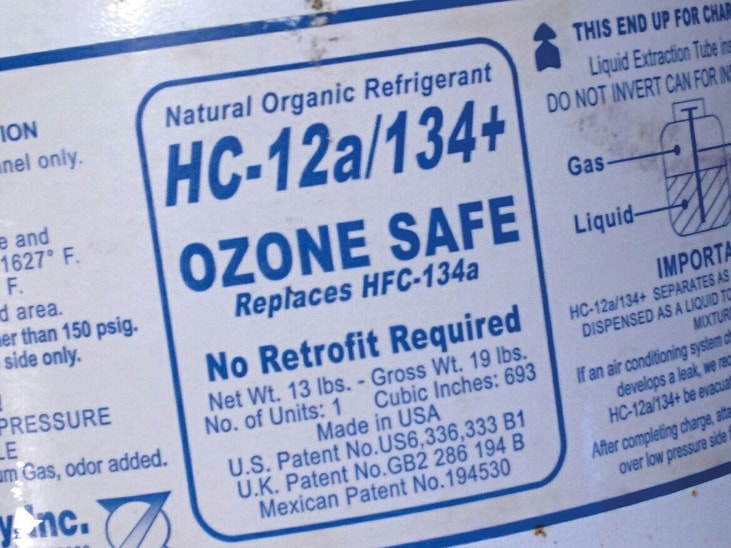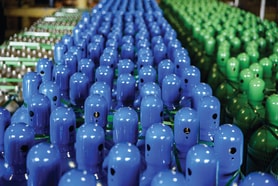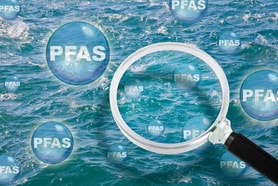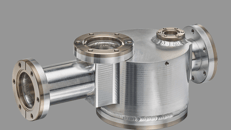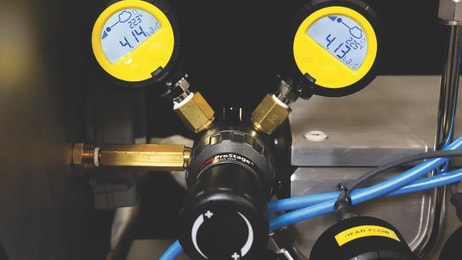Hydrocarbon Refrigerants – A Case Study
As US Environmental Protection Agency (EPA) and SNAP (Significant New Alternatives Policy) regulations start to take effect there will be a push towards the use of carbon dioxide (CO2) and hydrocarbon natural refrigerants in Chicago, North America, and beyond.
CO2 and hydrocarbon refrigerants have been in use throughout much of Europe for years and both have been proven to work well. Now, there are major changes on the way for the HVAC and Refrigeration industries in the United States. R22 refrigerant is in the final stages of phase out. This gas is still very prevalent, especially in commercial refrigeration and HVAC equipment. There are now proposed EPA regulations that would also phase out two other hugely popular refrigerants, hydrofluorocarbons called R134A and R404A. Both of these gases make up most of the charges on commercial refrigeration equipment that has been built within the last 15 years.
This presents a major problem both for refrigeration contractors and the end users. In an effort to stay ahead of the looming phase-out of all hydrofluorocarbon-based gases, Northeast Cooling (northeastcooling.com) is actively seeking education and experience in dealing with natural refrigerants such as CO2 and hydrocarbon gas. These gases are both likely to be the main ones used in the future due to the minimal ozone depletion they cause, as well as for their good performance and reliability.
... to continue reading you must be subscribed

